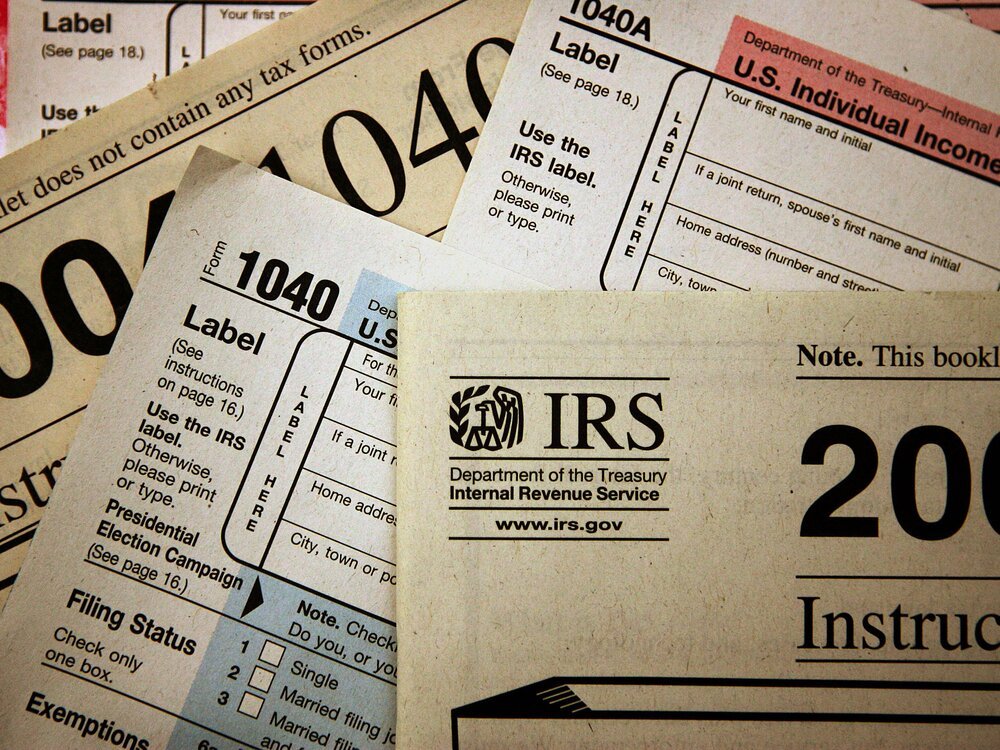
Need to make a payment to the IRS?
Make your payment to the IRS
Whether it’s tax time, paying an IRS payment plan, an ongoing audit, or planning estimated payments, we’re here to guide you every step of the way.
How to Make your payment to the IRS
You can make payment to the IRS in the following ways ;
IRS Online with a checking account
By Mail: Check
Credit cards
IRS EFTPS
Payment Methods to the IRS
-

IRS Online with a Checking Account
Use IRS Direct Pay to make a secure payment directly from your checking or savings account without any fees.
-

By Mail
Send a check or money order payable to the "United States Treasury" along with your tax form or payment voucher. Ensure your check includes your name, address, daytime phone number, and your Social Security number or EIN.
-

Credit or Debit Cards
Payments can be made using an approved payment processor. Be aware that processing fees apply.
-

IRS EFTPS
The Electronic Federal Tax Payment System (EFTPS) is a free, reliable option to schedule, track, and pay your federal taxes electronically. This is particularly useful for businesses or those making estimated tax payments.
What information is needed to make payment to the IRS?
Enough Funds: Confirm your checking account or credit card has sufficient funds to cover the payment amount.
Your Taxpayer ID. This is you Social Security Number for your Individual Account or yout Business EIN Number for business accounts.
The Tax Type or Tax Forms: Specify the tax type or form associated with your payment. For personal taxes, this is typically Form 1040. Businesses may have different forms depending on their tax obligations.
The Tax Year of the Payment. Indicate the tax year to which the payment applies. For example, specify whether it’s for the current year’s taxes or a prior year’s balance.
When and How to Pay the IRS
f you owe taxes for the year, it’s crucial to pay by the IRS due date (typically April 15). Missing this deadline will result in penalties and interest, increasing the amount you owe. Using one of the methods above ensures your payment is received and processed on time.
For a secure and comprehensive option, EFTPS is available. It allows you to schedule payments in advance and track payment history directly with the IRS.
Key Tip: Set a reminder to avoid missing the deadline. Paying on time can save you hundreds in penalties and fees!
Opting for an IRS Installment Plan
Can’t pay your tax bill to the IRS in full? Don’t panic. The IRS offers installment agreements that allow you to pay your debt over time. These plans are great for managing larger balances without immediate financial strain. Setting up a plan is straightforward and can often be done online.
Key Benefits:
Avoid aggressive IRS collection actions.
Pay monthly amounts that fit your budget.
Does not get reported to the Credit Agencies.
If you need help setting up an installment agreement, we can help!
Making Payments During an IRS Examinatio Audit or IRS Under Reporting: AUR (CP2000 Notice)
If you’re under audit or have received a CP2000 notice about unreported income, the IRS might require additional payments. Making timely payments—even partial ones—can help reduce penalties & accruing interest. In addition, it shows the IRS that you’re committed to resolving the issue by these good faith payments.
If you will owe a balance when the Audit or AUR CP2000 is completed, and can not affort to pay, you can set up an IRS payment plan when the assesment is completed.
Key Tip: If you will owe upon completion of an assesment, continue making monthly payments if you are able to do so in the meantime the balance gets processed. The payment plan will not be able to be set up until a different dept of the IRS takes over the balance due. Responding promptly is critical to avoid escalations.
Estimated Tax Payments
These payemnts might be required when you are self-employed, own businesses, or have income that isn’t subject to withholding, estimated tax payments are essential. These quarterly payments (due in April, June, September, and January) help you stay ahead and avoid underpayment penalties.
The IRS EFTPS is an excellent option for scheduling and managing these payments. With EFTPS, you can automate your estimated taxes to ensure they’re paid on time and avoid potential penalties for late payments.
How to Calculate: Use IRS Form 1040-ES, which is calculated when you file your most recent current year income tax return.
Key Tip: If you didnt keep records of all payments made as ES payments, you can easily track them on the IRS Account Transcript.

